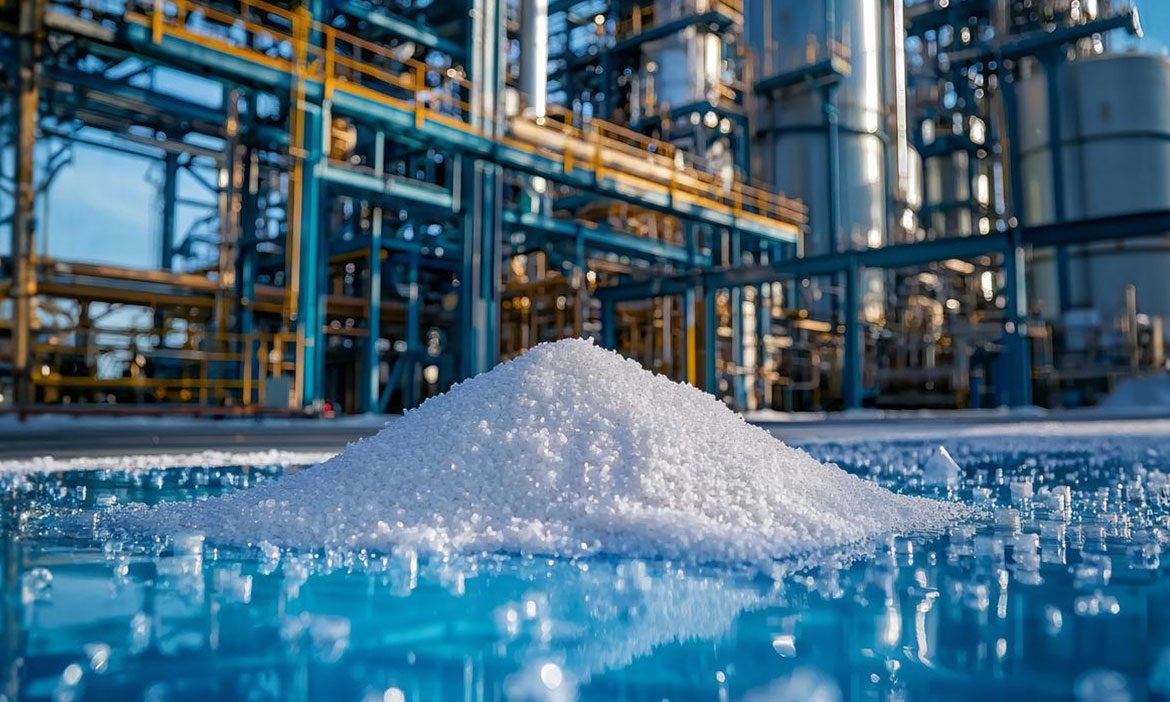The Backbone of Modern Industry: Understanding Chemical Manufacturing
Chemical manufacturing is the process of transforming raw materials into valuable chemical products used across virtually every industry—from agriculture to aerospace, and from pharmaceuticals to plastics. Often operating behind the scenes, the chemical manufacturing sector is the unsung hero that fuels innovation, sustains economies, and enables the conveniences of modern life.
What Is Chemical Manufacturing?
At its core, chemical manufacturing involves chemical reactions and processes designed to produce specific compounds or materials. These processes can be physical (like distillation or filtration), chemical (such as synthesis or polymerization), or a combination of both. The raw inputs can range from minerals and gases to fossil fuels and organic matter, which are processed to create a vast array of products, including fertilizers, detergents, dyes, fuels, and even components for electronics and medicine.
Key Segments of the Industry
The chemical manufacturing industry is typically divided into several segments:
- Basic Chemicals: These include bulk chemicals like acids, alkalis, and salts. They are often produced in large quantities and serve as building blocks for other chemical products.
- Specialty Chemicals: These are performance-oriented chemicals like adhesives, sealants, and additives used in specific applications. Though produced in smaller volumes, they command higher prices due to their specialized use.
- Consumer Chemicals: These include finished products like soaps, cleaning agents, and personal care items that are directly sold to end-users.
- Pharmaceuticals and Biotechnology: This growing segment focuses on the production of drugs and medical compounds, often under strict regulatory oversight.
Innovation and Sustainability
Modern chemical manufacturing is increasingly focused on sustainability. As environmental concerns mount, manufacturers are investing in cleaner production methods, renewable feedstocks, and waste minimization. Technologies like green chemistry aim to reduce the environmental footprint of chemical production by designing processes that use less energy, produce fewer byproducts, and rely on eco-friendly ingredients.
Automation and digitalization are also transforming the industry. Advanced analytics, AI, and real-time monitoring systems help improve efficiency, reduce downtime, and ensure consistent product quality. These innovations not only boost productivity but also enhance safety—a critical factor in an industry dealing with potentially hazardous substances.
Economic and Global Impact
The chemical manufacturing sector is a major contributor to the global economy. According to the American Chemistry Council, the U.S. chemical industry alone supports more than 25% of the country’s GDP and directly employs hundreds of thousands of workers. Globally, countries with strong chemical manufacturing capabilities often have a competitive edge in trade and industrial growth.
Conclusion
Chemical manufacturing is a vital part of modern life, powering everything from the food we eat to the gadgets we use. As the world moves toward greener, smarter technologies, the chemical industry is evolving rapidly—making it not just a foundational sector of today’s economy, but a dynamic engine for tomorrow’s innovations.






This is Photoshop\’s version of lorem ipsum. Lorem Ipsum is simply dummy text of the printing and typesetting industry. Lorem Ipsum has been the industry\’s standard dummy text ever since the 1500
This is Photoshop\’s version of lorem ipsum. Lorem Ipsum is simply dummy text of the printing and typesetting industry
Lorem Ipsum has been the industry\’s standard dummy text ever since the 1500 Lorem Ipsum is simply dummy text of the printing and typesetting industry. Lorem Ipsum has been the industry\’s standard dummy text
Vel velit auctor aliquet. Aenean sollicitudin, lorem quis bibendum auctor Lorem ipsum dolor sit amet of Lorem Ipsum. Proin gravida nibh..